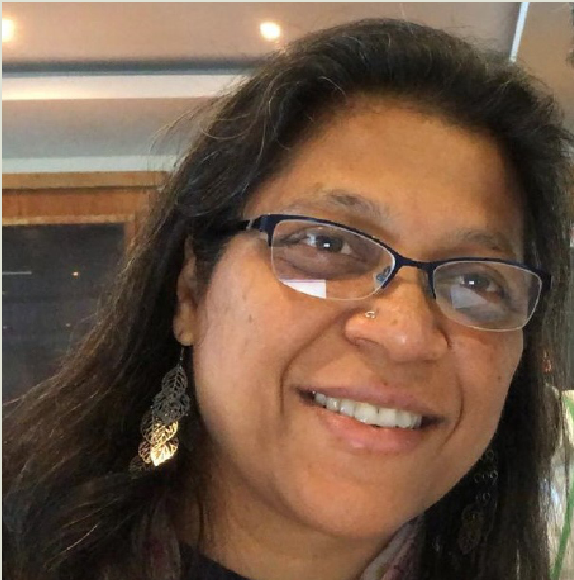 Natasha Ribeiro is the Miombo network coordinator, based at Eduardo Mondlane University in Maputo, Mozambique. She has been involved with the network since 2002, and has participated in the 2012 Data Initiative training. She shared with us her perspectives on the network’s impact on policies and decision making in the region, and her insights on the Data Initiative experience.
Natasha Ribeiro is the Miombo network coordinator, based at Eduardo Mondlane University in Maputo, Mozambique. She has been involved with the network since 2002, and has participated in the 2012 Data Initiative training. She shared with us her perspectives on the network’s impact on policies and decision making in the region, and her insights on the Data Initiative experience.
How is the Miombo network contributing to inform decision making in the region?
In the past few years, network members have increasingly been discussing strategies to make the knowledge produced by the network more visible to decision makers. Our first efforts in this direction included the development and dissemination of four policy briefs, but we realized that this was not enough to ensure that the information was actually being read and used. So we decided to actively engage with colleagues based in government institutions, “champions” who can get across our message to the right person, at the right time.
Each of the members, in their respective countries, are doing this. It is a slow process, but it seems to be working. Mozambique, for example, is undergoing many changes at the policy level, and we have seen some of the messages from the policy briefs being taken up in new biodiversity conservation regulations.
Another example is a book on Miombo in the global change context that will be published by Springer in September. Various network members have been working on this book, which targets not only the scientific community but also decision makers with specific “policy highlights” included at the end of each chapter. In the book we also mention the need to engage more with the communities dependent on the Miombo ecosystems, because despite their wealth of knowledge they have not been fully engaged in the management and restoration of the woodlands up to now.
What have been the major benefits of taking part in the 2012 GOFC-GOLD Data Initiative training?
The training was very useful and helped enhance my capacity to conduct remote sensing analysis. It was interesting to see the USGS data archive in the United States – from here, with the internet limitations issues we face every day, we are not always aware of all the data available. I was able to download all the relevant data and eager to share it with my colleagues in the region, but due to technical limitations, this was not easy to do. I decided to share the data with interested colleagues as a disk, during the following Miombo network meeting.
The Initiative was also an interesting opportunity to meet colleagues from other regional networks and different contexts. I am still in contact with some of them, both socially and professionally. In fact, I am working on a multi-year project with colleagues from Boston University and from Laos met through the 2012 Data Initiative, as well as other fellows from other Data Initiative sessions. We are developing an algorithm, called GLanCE, that based on a large dataset of Landsat imagery, will quickly produce results to address land-use/land-cover changes.



